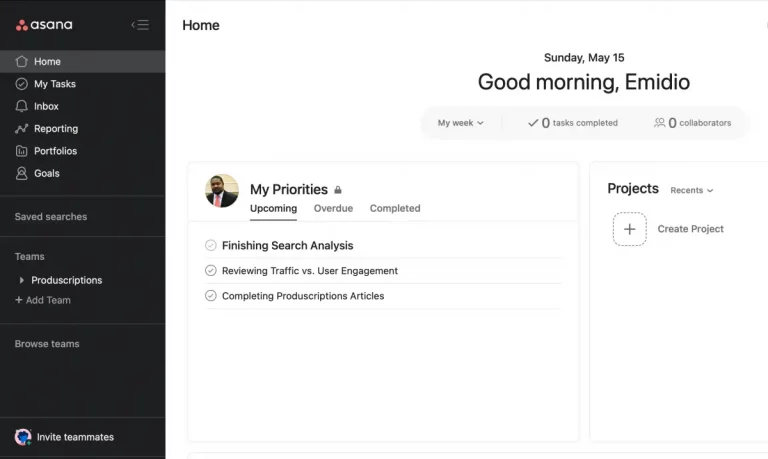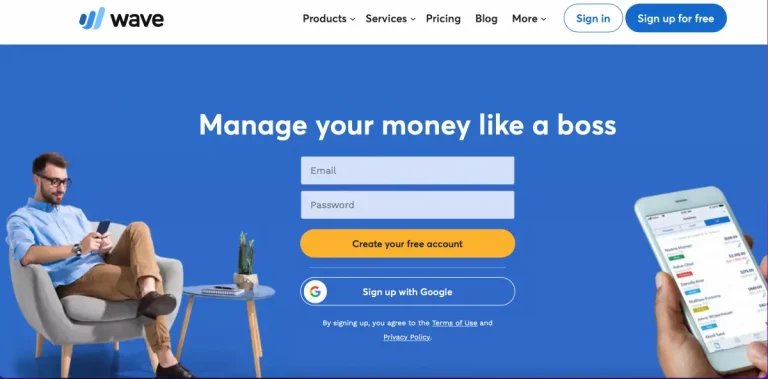Importance of Productivity Software in Education
Modern classes are very different from traditional classes of the days gone by. With the new productivity software now in use, students and teachers have better resources than ever before to help them learn to the best of their ability. Online websites full of information and interactive learning programs that can be done online add a new layer to the educational process.
With new software, reference apps, and classroom learning strategies, modern technology has become an essential tool for teachers in all grades. Online learning has made college education possible even without being on campus or attending actual lectures. Digital classrooms are slowly becoming the foundation in the world of education as more classrooms and resources move sharply online.
There is a wide variety of productivity software now being used in classrooms across the country. Among them are student monitoring systems that monitor student progress, Learning Management Systems (LMS) that provide an interactive way to sharing study resources, and word processing software that help educators prepare the material that they are supposed to teach.
It allows teachers to better measure individual student achievement based on test scores and other outcomes. Productivity software has become a must-have for most modern classrooms. These programs use video, audio, and imagery or graphics to help improve a traditional curriculum.
By using productivity software, the classroom can be a fun place and also make the students more active participants in their learning. It engages the students immensely and helps them remember what they are learning effectively.

How Important Is Productivity Software in Producing Instructional Material?
Productivity software personalizes the experience of both the educator and the student, helps educators save enormous amounts of time that would be wasted on overhead, and help make the process of learning a very enjoyable and interactive process.
Productivity Software can help in the following ways:
1. Personalized Learning:
Every student learns in a different way and we can’t force a fish to fly. With personalized learning, children are encouraged to become active participants in their education. Personalized learning has become increasingly popular here in the world.
To enable such student-centered learning, technology can be used to set different questions for different students, or groups of students, depending on their ability, learning style, or project.
Worksheets and dashboards powered by technology can also be used to analyze student errors and identify gaps in comprehension; to help teachers support both struggling and talented students alike. There are also various apps to help teachers assess students according to their interests, abilities, and goals.
2. Ease and Speed of Assessment:
Teacher productivity software makes it easy for active participation by students and quick assessment by teachers, allowing you to mark and collect responses during learning in real-time. The great advantage is that teachers can quickly identify and adjust the shortcoming of the material and tailor the lesson to the real needs of each student.
When talking about the future of technology, it is about improving, not changing, many of the traditional teaching methods. You no doubt have a questionnaire and a test that you have been using successfully for years, and you do not need the technology to tell you what to do or to teach.
3. Variety of Assessment Methods and Lesson Content
Productivity software and tools provide a diverse range of assessment methodologies that boost interactivity and create a wide range of types of communication questions, including text, multiple-choice, creative writing, math, true/false, sequential sorting, etc.
In addition, productivity software provides a wide range of online resources and content that can be used to add lessons, homework, and reviews. This provides students with access to the most up-to-date information and learning materials.
Resource planning is an important aspect of making instructional materials. You need the right tools to make sure that you effectively plan what you aim to teach and how you aim to communicate your message. Productivity software helps you choose from so many options, including images, videos, infographics, etc. This enables you to design your resources the way you have envisioned to.
4. Enhance Pupil Engagement
Productivity software does not include only the marketing and assessment part. They help teachers prepare resources, tools and applications also help to engage students and facilitate effective teaching.
Students grow up surrounded by technology, both at home and in the classroom, so, by incorporating technology into the lessons, they learn how they do at home, helping teachers stay at the same level as their students while encouraging collaborative learning, and bringing more impactful lessons.
Examples of Productivity Software in Producing Instructional Materials
1. Word Processing
This word processing software can be used to manipulate text documents, such as resumes or reports. You usually enter text by typing, and the software provides copying, deleting tools, and various types of formatting. Some of the input software functions include:
- Creating, editing, saving, and printing documents.
- Copying, pasting, moving, and deleting text within a document.
- Text formatting, such as font type, bold writing, underlining, or italics.
- Building and arranging tables.
- Install content from other software, such as images or pictures.
- Correct spelling and grammar.
Word editing includes many tools for formatting your pages. For example, you can organize your text into columns, add page numbers, insert images, etc. However, word processing does not give you complete control over the look and feel of your document. When the design is important, you may need to use desktop publishing software to give you more control over the layout of your pages.
2. Learning Management System
Learning Management System (LMS) is a software or web-based technology used to plan, implement and evaluate a specific learning process. It is used in eLearning practices and, in its most basic form, consists of two elements: a server that performs the basic functionality and a user interface used by instructors, students, and administrators.
Often, the learning management system provides the educator with a way to build and deliver content, monitor student participation, and evaluate student performance. The learning management system can also empower students to use interactive features such as integrated interviews, video conferencing, and discussion forums.
LMSes are widely used by businesses of all sizes, national government agencies, local governments, traditional education institutions, and Internet / Learning Centers. Systems can enhance traditional methods of education, while also saving organizations time and money. The operating system will allow instructors and administrators to effectively manage items such as user registration, content, calendars, user access, communications, certificates, and notifications.
3. Spreadsheets
A spreadsheet is a sheet of paper showing numerical data in rows and columns; A spreadsheet is also a computer program that mimics a physical spreadsheet by capturing, displaying, and manipulating lines arranged in rows and columns.
In a spreadsheet, spaces that hold data objects are called cells. Each cell has a label depending on its placement (for example, A1, A2, A3 …) and can have a complete or related reference to the surrounding cells. A spreadsheet is usually designed to hold numerical data and short text strings.
Spreadsheets often provide the ability to expose data relationships more openly. Spreadsheets usually do not offer the ability to create and label full data objects such as a database and usually do not give them the ability to query a database. In general, a spreadsheet is a much simpler program than a database system.
Conclusion
In the end, it is clear that productivity software has and will continue to improve all aspects of our lives positively. In contrast to education and instructional materials, it has made the lives of educators and teachers so much easier than ever before. Gone are the days when educators needed chalks, boards, pens, and papers to get their point across the room.
While technology can significantly benefit and improve the educational process, it does not claim its share of risk. There are many teacher production resources out there to help teachers and students succeed, but not all of them are excellent.
Students today know how to use technology but not how to learn with technology. Schools need to help students filter large amounts of information online and determine what is acceptable, reliable, and appropriate for learning.
Students should also be educated to be safer online. If content that is likely to be ‘uncomfortable’ is simply blocked out in bulk, students may fail to use it responsibly outside of the school environment.
Also, while online resources like Wikipedia have their place, they are often unsuitable and unsuitable for young children. Therefore, to protect your students and your honesty, any resources you use must be made for the classroom.
With the exponentially developing technological advancements, productivity software provides an easier, faster, and more human-friendly approach to the concept of education. With the recent bump in the demand for productivity software, it is only a matter of time before the traditional and physical forms of instructional materials become completely obsolete, and the world incorporates the productivity software and digital instructional materials as the new normal.






